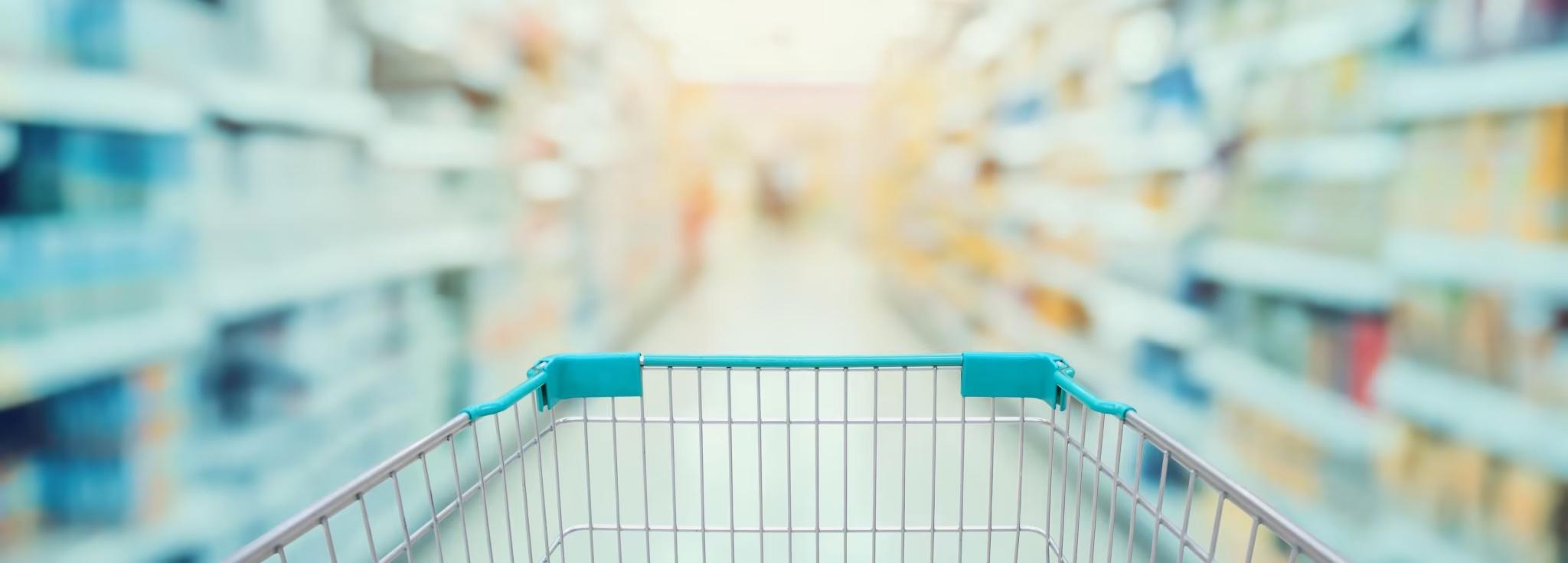October 04, 2021
How Retailers Can Adjust to Changing Consumer Behavior


Consumer behavior is changing, and it is likely to continue to evolve.
For retailers, the changes have been many. From inventory issues to labor shortages, stores are still figuring out how to get back on track. Perhaps the most overwhelming thing has been keeping up with changing consumer behaviors.
The pandemic caused many to evaluate their behaviors and lifestyles, resulting in some major shifts.
Some of these shifts include convenience shopping, changes in brand loyalty, and spending money with companies that support a shopper's values, to name a few.
One thing is for certain, flexibility on the part of retailers is key to meeting the demands of the ever-changing consumer.
Below are some important tips to help retailers navigate the changing landscape of consumer behavior.
One of the major changes to take place in 2020 was the switch to online shopping.
According to Forbes,
“In the U.S., consumers spent $211.5 billion on e-commerce during the second quarter of 2020, up 31.8% quarter-over-quarter, according to the U.S. Census Bureau.”
Shopping online became the norm and changed the way many retailers conducted business.
For consumers, the changes were largely due to shelter-in-place orders and fear surrounding going into public places due to COVID-19.
Current research shows that consumers are ready to return to in-store shopping because they miss the experience of evaluating items before purchasing.
What remains consistent is that no matter how consumers shop, they want the experience to be easy and convenient—which means, consumers want access to delivery, in-store pick-up, curbside pickup, and the option to shop in-store.
A study conducted by Accenture found that one of the top five motivators for changing consumer behaviors is “ease and convenience.” The gist is that shoppers find themselves in different situations that need the flexibility of several types of shopping.
For retailers, this means continuing to offer a variety of options plus making the in-store experience as safe and hassle-free as possible.
Though shopping for brands and businesses that align with personal beliefs is not new, it has reached a new level of popularity.
The pandemic prompted many people to realign with what they find important, and the result is consumers shopping for brands that promote similar social consciousness.
In an interview, Anne Grimmelt a senior knowledge expert at McKinsey, notes
“We found in our research that about 33 percent of millennial and Gen Z consumers say they choose to buy a brand from a company that has their values, versus about 12 percent of baby boomers. But every demographic group is leaning toward that.”
As this behavior continues, retailers have an opportunity to work with consumers to build trust.
One of the largest motivators for consumers, in terms of why they continue to shop at a specific store throughout the pandemic, is based on how the store supports and cares for employees.
Shoppers are more likely to support retailers that put plans in place to help employees deal with hardships related to the pandemic.
In a study done by Accenture of over 25,000 participants,
72% (of the” Reimagined” group) said they expect “companies they’re doing business with to understand and address how their needs and objectives change during times of disruption—versus 27% of the Traditional [group].”
Whatever the cause, stores can gain loyalty by being transparent about their policies and by providing a range of brands that promote more than just the product.
Sharing these efforts over social media and creating a store atmosphere that is focused on health and safety are two effective ways to get your message out.
According to Forbes, consumers are still nervous about COVID-19 and in-store experiences. In their State of Consumer Behavior Report from 2020, they found that approximately 40% of respondents reported visiting stores less and another almost 28% reduced the number of times they visited stores due to COVID-19 concerns.
Forbes noted those trends were expected to continue into 2021 as respondents cited a vaccine would not curb their concerns.
To gain consumer confidence, keeping up with newly adopted cleaning requirements and processes should continue.
Consumers report preferences for supporting businesses that change cleaning protocols to better support consumer safety as well as staff safety.
Keeping up with more detailed and more frequent cleaning is one way to show your clients that you put their safety first—and this can help build brand loyalty.
1—One way to do this is by implementing autonomous technology like Cobi 18 by ICE Cobotics.
Not only does deploying autonomous technology demonstrate to clients that cleaning is happening, but it also shows that as a retailer you are serious about providing a clean store that promotes health.
On top of that, autonomous technology frees up your staff to focus on customers—helping to build a better in-store experience, and employees can focus on more detailed cleaning of high-touch points throughout the store.
2—Another way to increase your focus on health and safety through cleaning is by using cleaning equipment that uses fleet management software.
Fleet management software allows store managers to track the equipment in real-time. This can help those in charge keep track of when the cleaning is done and for how long.
Assessing the available reports allows end-users to evaluate current processes and help staff identify more efficient cleaning plans.
This can make your staff more efficient and productive, and in during a time when coming by dependable staff is significantly more challenging, finding ways to optimize the time of your current staff is crucial.
Not only will this benefit the business, but consumers will notice a cleaner store, and this can help you succeed in retaining a loyal consumer base.
ICE Cobotics is an industry-leading technology and cleaning equipment company specializing in automation and all-inclusive subscriptions. Reach out to our automation experts today!
Ready to Explore Automation? Talk to an Automation Expert